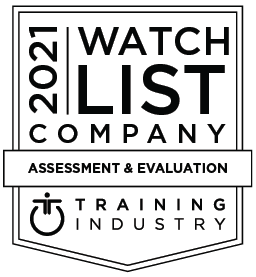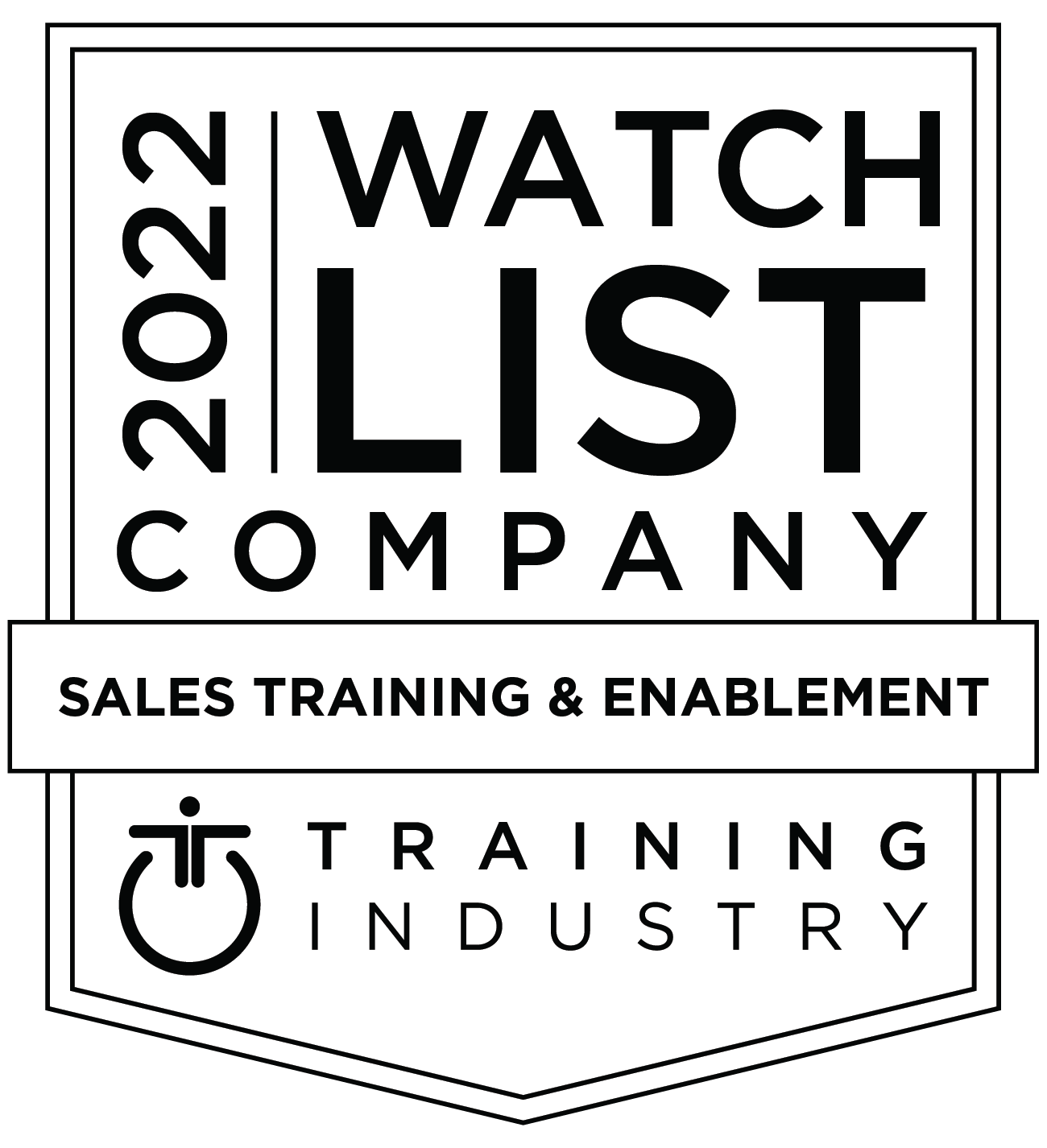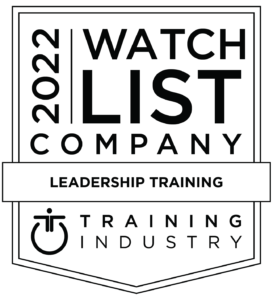Uh-oh. You’ve got to present your recommendation at an upcoming meeting.
Your analysis shows your proposal has compelling advantages. But in order to illustrate those advantages, your presentation must rely on quantitative data. The problem? Your audience is “number-phobic.”
Many people panic when they have to deal with numbers. In a recent Ogilvy PR survey, 60% of Americans reported having difficulty dealing with numbers in simple, everyday situations. Even more telling? Nearly a third of Americans surveyed said they’d rather clean the bathroom than try to solve a math problem.
So, what can you do the next time you have to present numbers to people who hate numbers?
Here are 3 tips to help you keep your audience engaged, instead of daydreaming about cleaning bathrooms.
- Make your message the star, not your numbers.
Make your message the show’s headliner and your numbers the supporting actors.To ensure your message is upfront and obvious, author Kevin Hale says the best presentation slides are those where the main ideas can be grasped at a glance and are fast to understand. He says an easy test is to show your slide to a stranger and ask them to tell you what it means. “If they don’t immediately say your idea, you lose.”
Don’t leave attendees guessing what the data is saying in one of your charts, graphs, or tables. Provide a conclusion that eliminates their need to be a numbers analyst.
- Keep the numbers simple.
Never say, “Sorry, the numbers are going to make this a little complicated.” If you’re planning to reassure your audience this way, you’ve got a lot more simplifying to do.Much of the value you have to offer your audience isn’t the numbers themselves—it’s in helping people understand the relevance of those numbers. That’s tough to do if the numbers are complex.
Long-time Guardian science editor Tim Redford wrote that issues like science, medicine, and accounting can be complicated, but that’s precisely why readers turn to those who can simplify the complex.
To simplify the complex in your presentation, reduce any numbers you use to their simplest form and make the conclusions you draw from them obvious. Redford once wrote, “No one will ever complain because you’ve made something too easy to understand.”
- Untangle the situation.
Redford and Hale suggest you start by untangling any complications in your message. If your issue looks like a plate of spaghetti, pull out and use only those strands needed to make your points.Say only one big thing in any one slide and do it in just one sentence. As Hale says, “Simple ideas aren’t intertwined with others. They are one fold. They are one idea. Don’t crowd your slides with multiple ideas. That’s how you make them complex.”
The same is true with your numbers: use them sparingly, simply, and only as support for the simple idea you’re presenting.
Whether your audience loves or hates numbers, your objective should be to make your numbers-oriented presentation “too easy to understand.” If you’re unsure of where to begin, check out Mandel’s SCI-PAB framework. Technical presenters worldwide use it to craft data-supported messages that are simple, untangled, and focused squarely on their audience’s needs.










